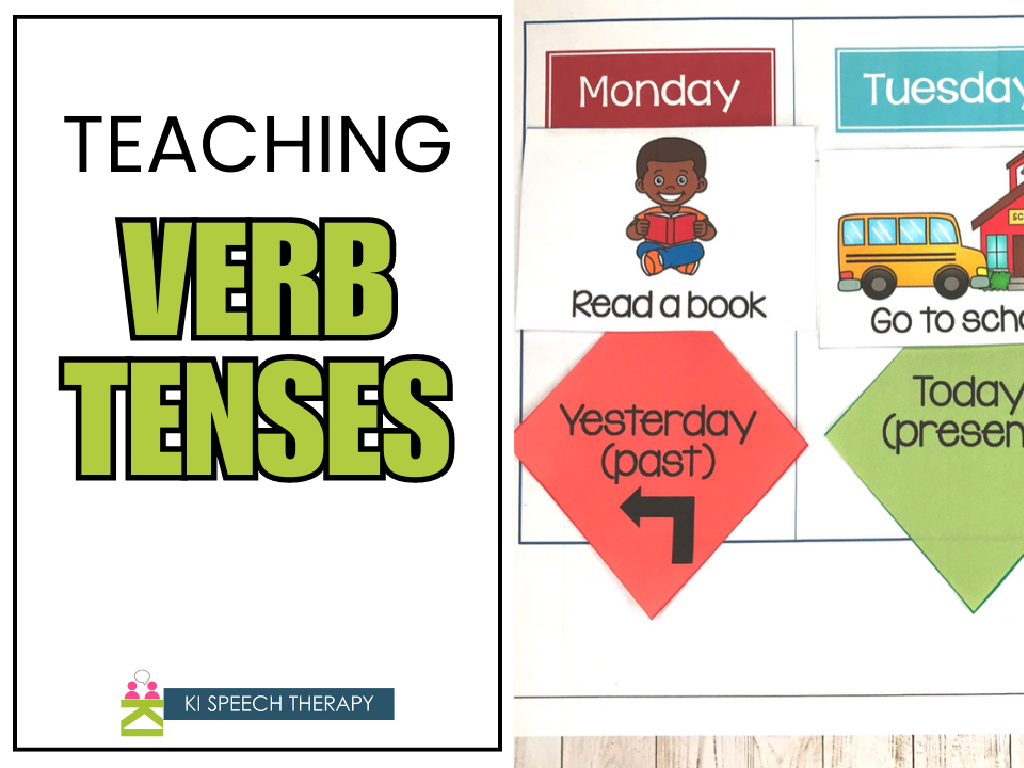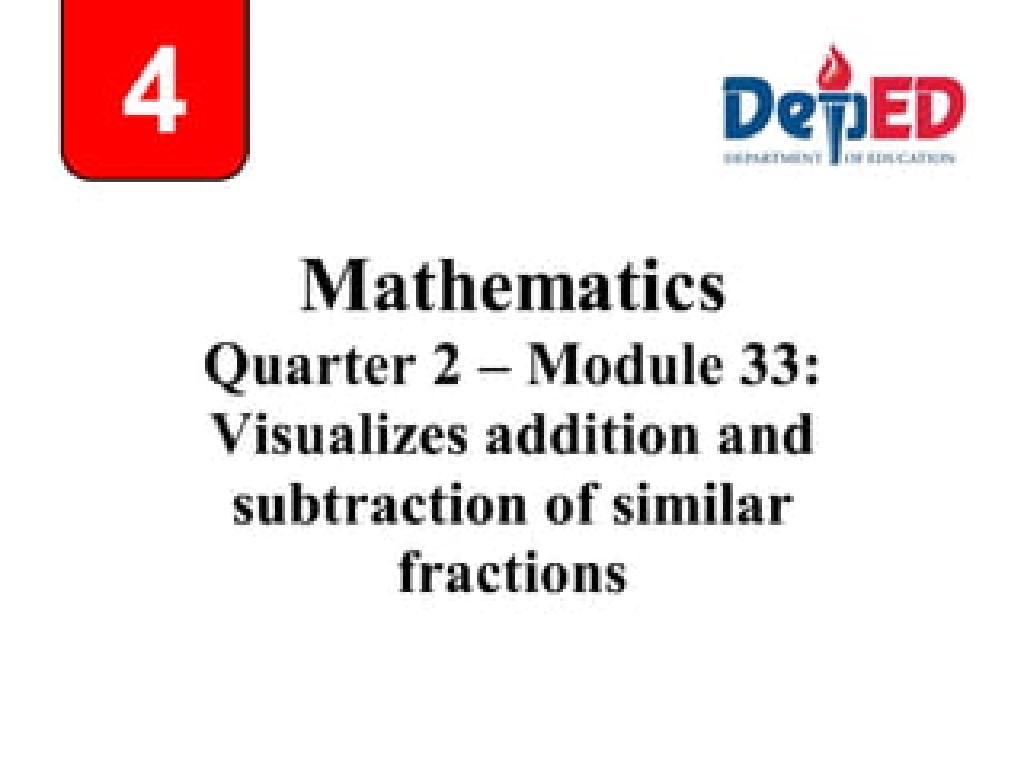Subtract Integers
Subject: Math
Grade: Seventh grade
Topic: Operations With Integers
Please LOG IN to download the presentation. Access is available to registered users only.
View More Content
Subtracting Integers: Operations with Integers
– What are integers?
– Integers include positive, negative numbers, and zero.
– Rules for subtracting integers
– To subtract, add the opposite of the number being subtracted.
– Real-world integer subtraction
– Examples: temperature changes, bank transactions.
– Practice problems
– Solve sample problems for better understanding.
|
This slide introduces the concept of integers and focuses on the rules for subtracting them. Integers are the set of whole numbers and their opposites, including zero. When subtracting integers, we add the additive inverse of the number being subtracted. For instance, to subtract -5 from 3, we add the opposite of -5, which is +5, so 3 + 5 = 8. Real-life applications include understanding temperature changes (e.g., a drop of 5 degrees from -2 degrees is -2 – (-5) = -2 + 5 = 3 degrees) and managing finances (e.g., withdrawing money from a bank account). Encourage students to solve practice problems to apply these concepts and solidify their understanding.
Understanding Integers in Math
– Define integers
– Integers include whole numbers and their negatives
– Positive vs. negative numbers
– Positive numbers are above zero, negative are below
– Real-life integer examples
– Temperatures, bank balances, elevations
– Practice with integers
|
Integers are the set of whole numbers and their opposites, including zero. They are fundamental in math, especially when dealing with real-world scenarios. Positive integers represent quantities greater than zero, while negative integers represent a deficiency or loss. Use relatable examples like temperature (above/below zero), bank account balances (deposits/withdrawals), or elevations (above/below sea level) to illustrate the concept. Encourage students to think of other examples where integers are used. In the next class, we’ll practice operations with integers to solidify their understanding.
Rules for Subtracting Integers
– Subtracting is adding opposites
– Instead of subtracting, think of it as adding the opposite number.
– Rule: Add the opposite integer
– To subtract a number, use + and the number’s opposite.
– Example: 5 – (-3) becomes 5 + 3
– Here, -(-3) is the opposite of -3, which is +3, so we add it to 5.
|
When teaching subtraction of integers, emphasize that subtraction can be thought of as adding the opposite. This concept helps simplify the process and avoids confusion with multiple negative signs. Use the example 5 – (-3) to show how the subtraction of a negative number turns into addition of its positive counterpart. Encourage students to practice this rule with various examples and provide them with exercises that reinforce the concept of adding opposites. This will build a strong foundation for understanding integer operations.
Subtracting Integers Using a Number Line
– Visualize integer subtraction
– A number line helps us see the distance between numbers.
– Steps for number line subtraction
– Start at the first number, move left for negative, and right for positive.
– Class example: 2 – (-4)
– Starting at 2, move 4 places to the right to subtract -4.
– Practice with number lines
|
This slide introduces the concept of subtracting integers using a number line, which is a visual tool that helps students understand the distance and direction of subtraction. Begin by explaining how a number line represents positive and negative numbers. Then, demonstrate the steps for subtracting integers: locate the first number, and depending on the second number, move left for negative and right for positive. Use the class example to show that subtracting a negative number is like adding its positive counterpart. Encourage students to practice this method by providing additional examples and guiding them through the process. This will help solidify their understanding of integer operations.
Subtraction Without a Number Line: Adding the Opposite
– Understand ‘Adding the Opposite’
– Instead of subtracting, add the opposite number
– Practice Problem: 7 – (-2)
– What is 7 plus the opposite of -2?
– Discuss the Solution
– The answer is 7 + 2, which equals 9
– Review the Process
– Review how ‘adding the opposite’ simplifies subtraction
|
This slide introduces the concept of ‘adding the opposite’ as a strategy for subtracting integers without relying on a number line. Begin by explaining that ‘adding the opposite’ means to add the inverse of the number being subtracted. For example, instead of subtracting -2, we add its opposite, which is +2. Use the practice problem to illustrate this concept, showing that 7 – (-2) becomes 7 + 2, which equals 9. Discuss the solution with the class, ensuring they understand why the answer is positive. Finally, review the process to reinforce the concept, and encourage students to apply this method to other subtraction problems involving negative numbers.
Let’s Practice Together: Subtracting Integers
– Guided practice with subtraction
– Solve: -6 – 9
– Subtracting a negative is like adding a positive
– Solve: -8 – (-3)
– Subtracting a negative becomes addition
– Understand integer rules
– Rules: Subtracting a positive moves left on the number line; subtracting a negative moves right
|
This slide is designed for a classroom activity where students will practice subtracting integers with the guidance of the teacher. Start by solving -6 – 9 together, illustrating how to subtract a positive number from a negative number. Then, move on to -8 – (-3), which involves subtracting a negative number, and explain how this is equivalent to adding the opposite. Emphasize the rules of integer subtraction and use a number line if necessary to visually demonstrate the concept. Encourage students to think of the number line as a tool to understand the direction and distance numbers move when subtracting. Prepare to offer additional examples if students grasp the concept quickly or need more practice.
Common Mistakes in Subtracting Integers
– Avoid forgetting to add the opposite
– Instead of subtracting, add the opposite. For example, 5 – (-3) becomes 5 + 3.
– Keep track of the negative sign
– A misplaced negative can change the result. Remember, -(-3) is +3.
– Use number lines for clarity
– Visualize subtraction on a number line to understand the direction of the operation.
– Double-check your work
– Review calculations to catch any sign errors.
|
When teaching subtraction of integers, emphasize the importance of adding the opposite rather than just subtracting. This helps avoid confusion with negative numbers. Stress the significance of the negative sign’s placement, as it can completely alter the outcome of a problem. Encourage the use of number lines as a visual aid to help students understand the concept of moving in a positive or negative direction on the number line. Lastly, instill the habit of double-checking work to prevent and catch mistakes. Provide practice problems that specifically target these common errors to reinforce correct methods.
Independent Practice: Subtracting Integers
– Solve subtraction problems
– Use the rules you’ve learned to subtract integers
– Compare answers with a partner
– Explain your reasoning to your partner
– Discuss solutions as a class
– Be ready to present how you solved the problems
– Reflect on the learning process
– Think about what strategies worked best for you
|
This slide is aimed at reinforcing students’ understanding of subtracting integers through independent practice. Students should apply the rules they’ve learned about integer operations to solve a set of problems on their own. Afterward, they will pair up with a partner to compare and discuss their answers, which encourages peer learning and helps them see different approaches to the same problem. Finally, the class will come together to discuss various solutions, allowing students to articulate their thought process and solidify their understanding. Encourage students to reflect on the strategies they used and what they found most challenging during the exercise. This reflection will help them identify areas for further practice.
Real-World Applications of Subtracting Integers
– Temperature changes
– Subtract to find temp. differences, e.g., 5°C to -3°C
– Bank account transactions
– Withdrawals (negative) and deposits (positive) affect balance
– Elevation: Above and below sea level
– Sea level as zero; above (+) and below (-) as integer values
|
This slide aims to show students how subtracting integers is used in everyday life. For temperature, they’ll see how to calculate the difference between temperatures, especially when crossing the freezing point. In banking, students will understand how withdrawals and deposits can be represented by negative and positive integers, respectively, affecting their account balance. Lastly, when discussing elevation, they’ll learn how locations above sea level are represented by positive integers, while those below sea level are represented by negative integers. Encourage students to come up with their own examples and to understand that integers are not just numbers on paper but are used in many real-world scenarios.
Class Activity: Integer Subtraction Game
– Form groups for the subtraction game
– Play the Integer Subtraction Game
– Use a board game format to subtract integers
– Apply subtraction skills competitively
– Compete with peers to reinforce learning
– Reflect on strategies and understanding
– Discuss what strategies worked best
|
This interactive class activity is designed to reinforce the concept of subtracting integers through a fun and competitive game. Divide the class into small groups and provide each group with a game board that includes integer subtraction problems. As students play, they will apply what they’ve learned about subtracting integers in a competitive format, which can help solidify their understanding. After the game, lead a class discussion where students reflect on their strategies and understanding. Encourage them to share what methods they used to solve the problems and how the game helped them grasp the concept better. Possible variations of the game could include using playing cards, dice, or a spinner to generate integers for subtraction.
Wrapping Up: Subtracting Integers
– Recap on integer subtraction
– Homework: Integer worksheet
– Complete the provided worksheet on subtracting integers for more practice.
– Upcoming: Multiply & divide integers
– Get ready to explore multiplication and division of integers in our next session.
– Practice makes perfect!
|
As we conclude today’s lesson on subtracting integers, ensure students have grasped the key concepts and methods. The homework worksheet is designed to reinforce their understanding and provide additional practice. Remind them to use the rules we’ve learned when completing the worksheet. Looking ahead, prepare students for the next class where we will delve into multiplying and dividing integers, building on their knowledge of integer operations. Encourage them to practice regularly as this is crucial for mastering mathematical concepts.






